Optimal Timing for Demolition Services
Determining the optimal time for demolition service depends on various factors including weather conditions, project scope, and local regulations. Typically, dry and mild weather periods are preferred to ensure safety and efficiency. Planning during periods of low rainfall reduces delays and complications associated with wet or muddy conditions.
Dry seasons or periods with stable weather are ideal for demolition projects, minimizing delays caused by rain or storms.
Scheduling demolition when other construction activities are not underway helps streamline the process and reduce disruptions.
Permitting and approvals are often easier to secure during certain times of the year, depending on local jurisdiction schedules.
Avoiding seasons with high wind or extreme temperatures can improve safety and material handling.

Heavy machinery preparing a site for demolition.

Workers clearing the area prior to demolition activities.

Protective gear and safety protocols during demolition.

Ways to make Demolition Service work in tight or awkward layouts.
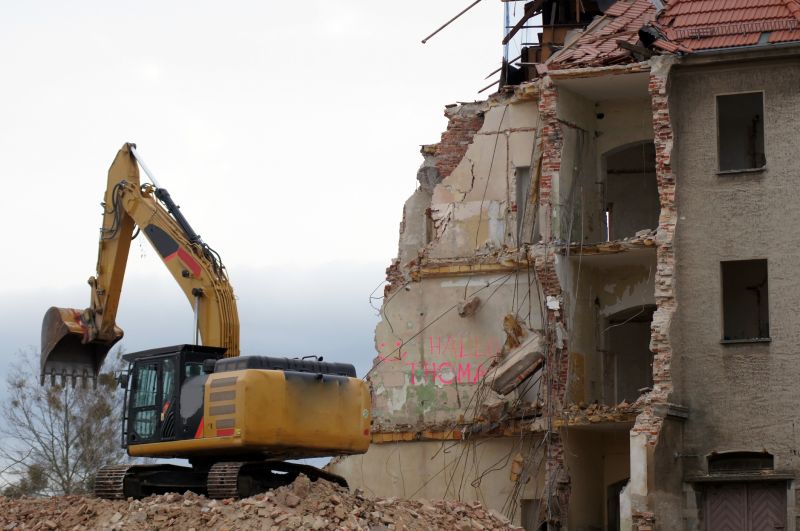
Popular materials for Demolition Service and why they hold up over time.

Simple add-ons that improve Demolition Service without blowing the budget.
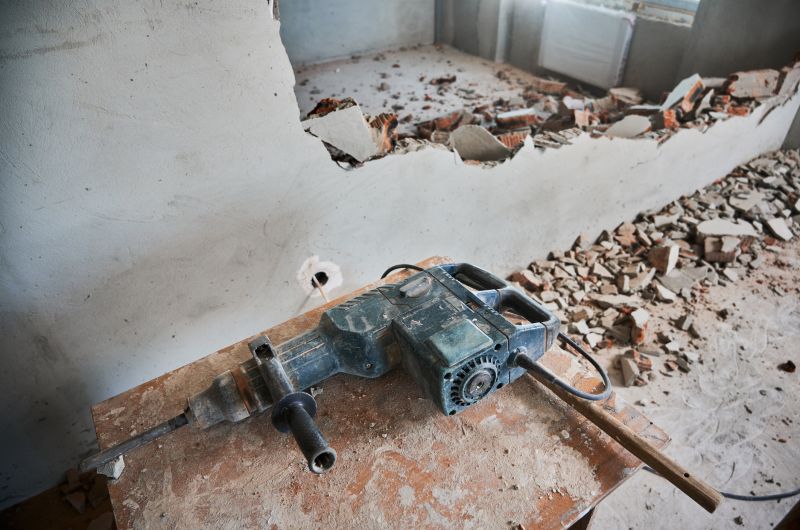
High-end options that actually feel worth it for Demolition Service.
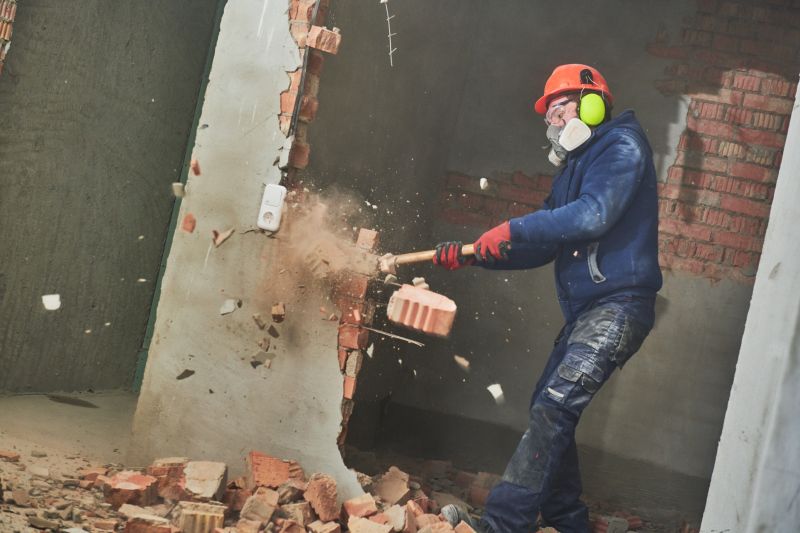
Finishes and colors that play nicely with Demolition Service.
Demolition services involve the controlled tearing down of structures, often as a precursor to new construction or renovation projects. The process requires careful planning to ensure safety, compliance, and minimal disruption to surrounding areas. Proper timing and coordination can significantly impact the efficiency and cost-effectiveness of demolition projects.

Explosive demolition of a building in progress.
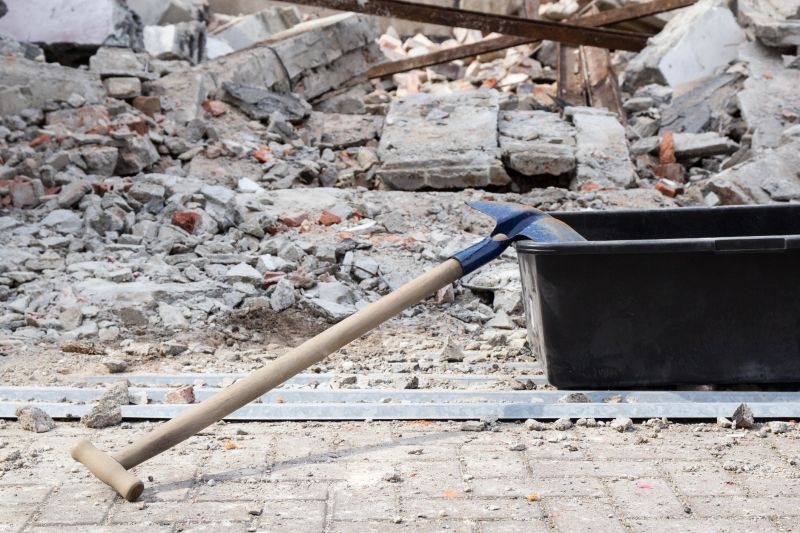
Efficient cleanup after demolition completion.
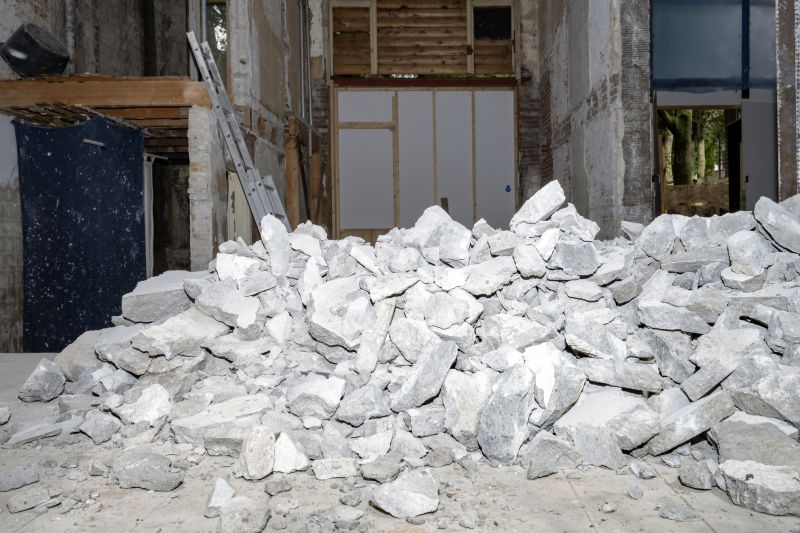
Reusing salvaged materials from demolition sites.
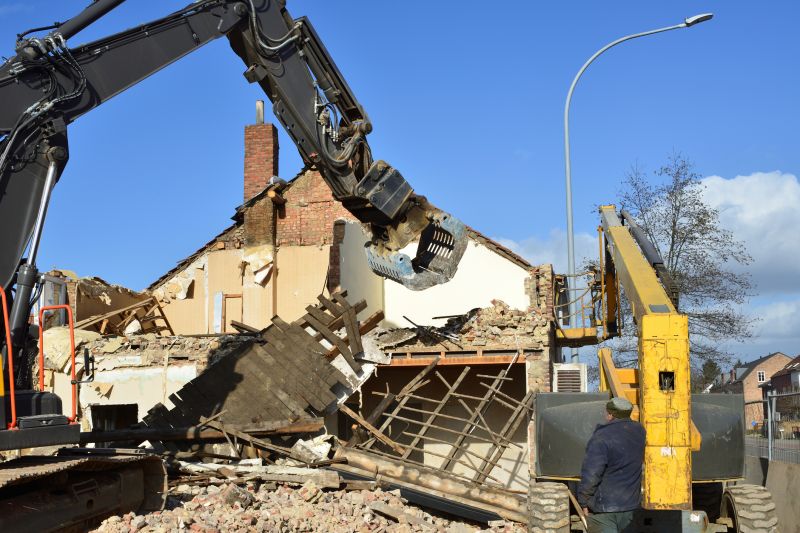
Crane and excavator at work during demolition.

Little measurements that prevent headaches on Demolition Service day.
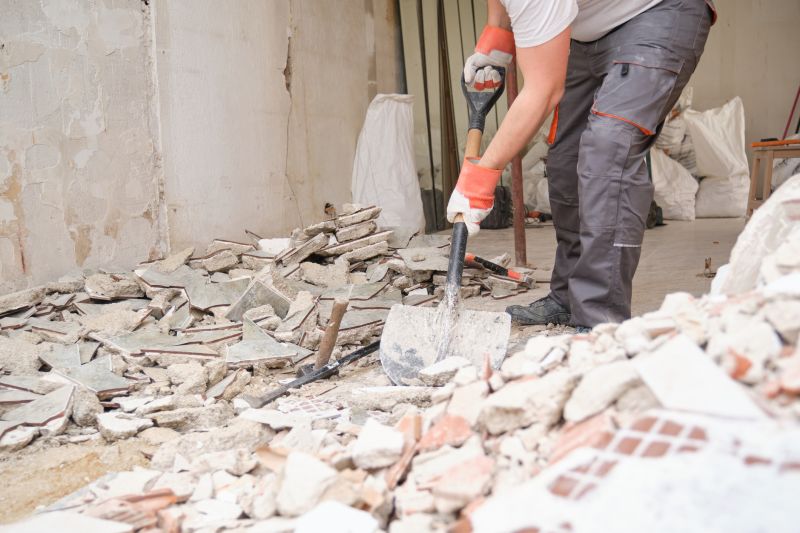
A 60-second routine that keeps Demolition Service looking new.
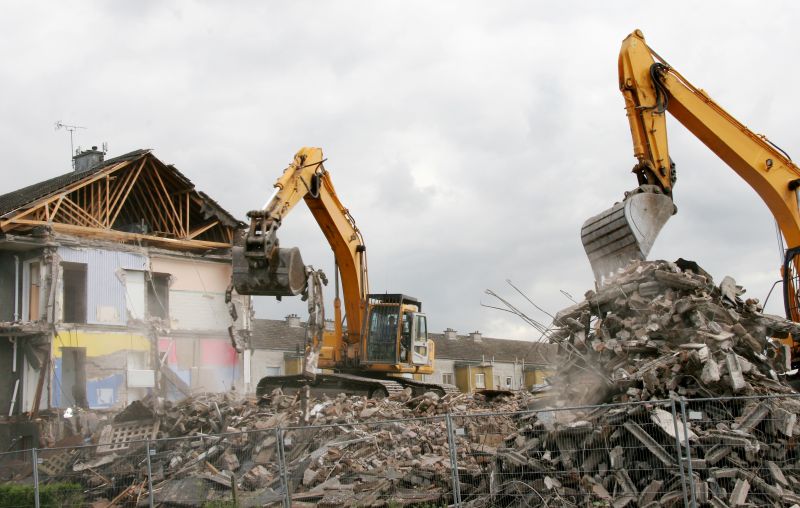
A frequent mistake in Demolition Service and how to dodge it.

Small tweaks to make Demolition Service safer and easier to use.
| Factor | Optimal Timing |
|---|---|
| Weather Conditions | Dry and mild seasons |
| Project Readiness | When planning and permits are in place |
| Community Considerations | During periods with less neighborhood disruption |
| Environmental Factors | Avoiding extreme temperatures and high winds |
| Construction Schedule | Aligning with subsequent building phases |
| Local Regulations | Permitting periods and approval cycles |
| Resource Availability | When equipment and labor are accessible |
| Seasonal Restrictions | Avoiding peak storm or holiday seasons |
Choosing the right time for demolition can influence safety, cost, and project timeline. Proper planning ensures compliance with local regulations and minimizes community impact. Weather and environmental conditions are critical factors, with dry, mild periods generally providing the best conditions for efficient and safe demolition activities.
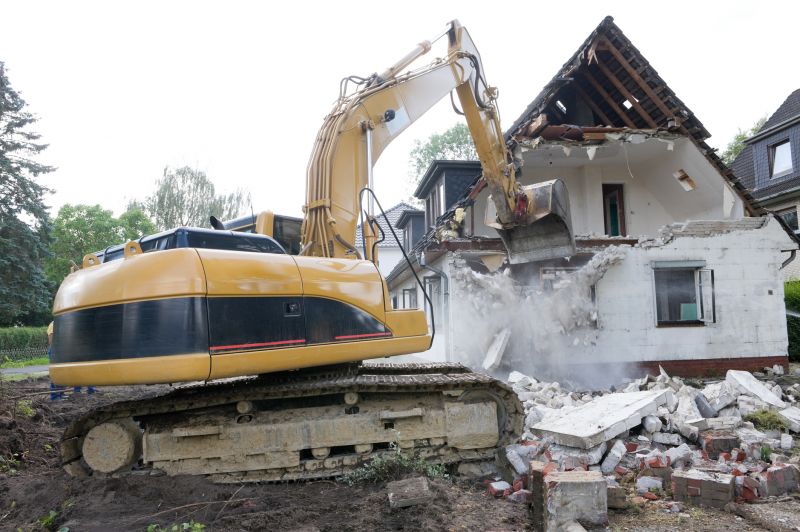
Excavator with demolition attachments in use.
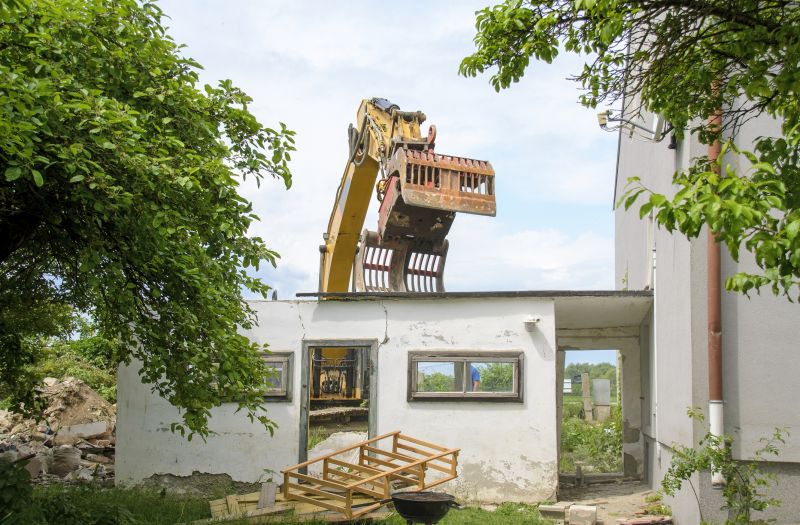
Pre-demolition site assessment and setup.
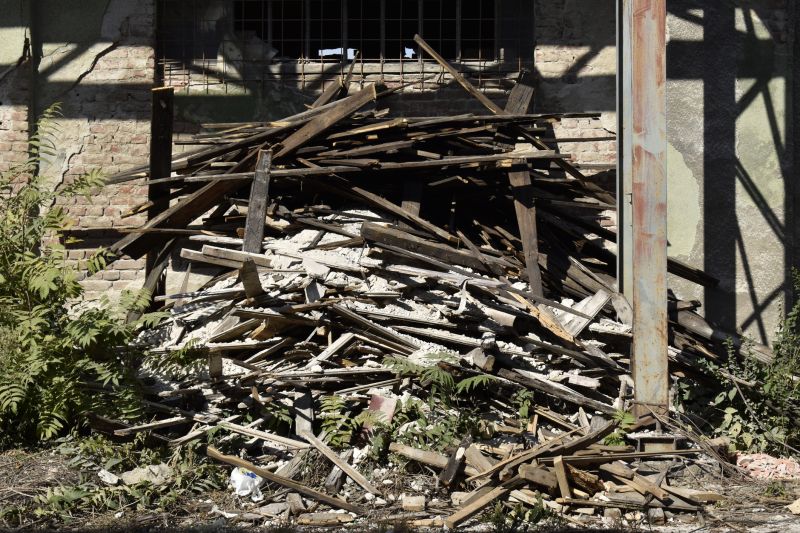
Site cleared and debris sorted.
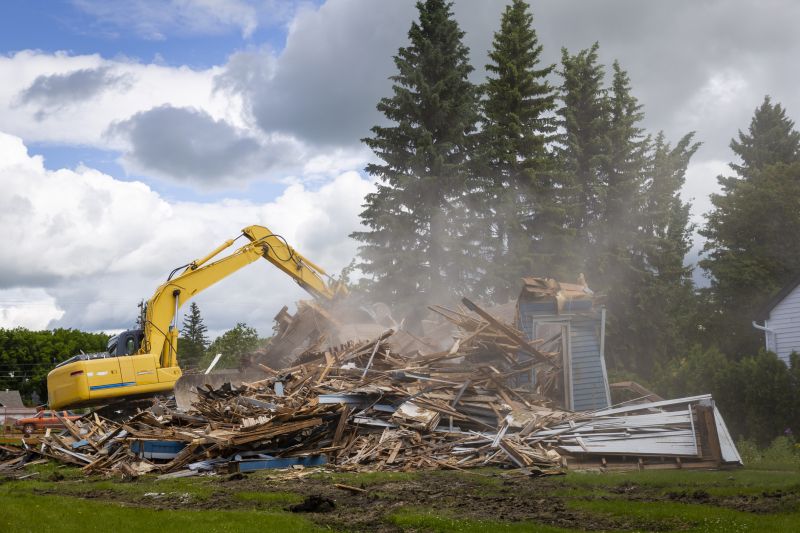
Lower-waste or water-saving choices for Demolition Service.

The short, realistic tool list for quality Demolition Service.
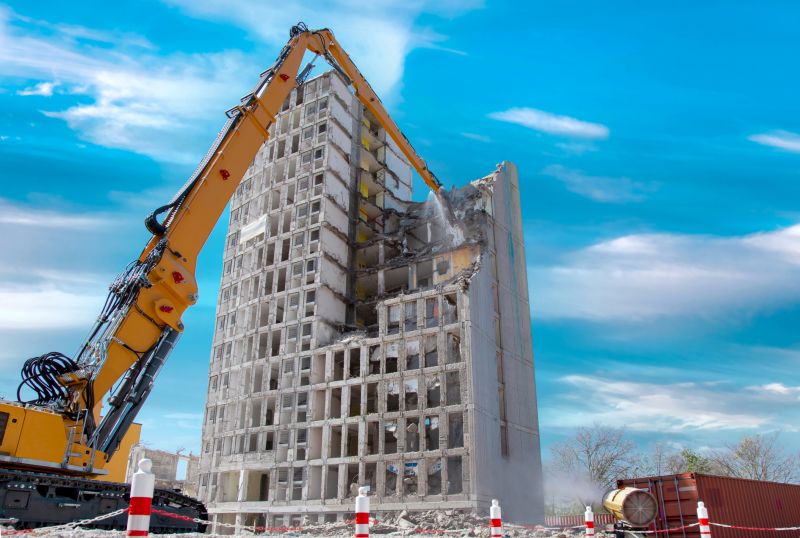
Rough timing from prep to clean-up for Demolition Service.

Quick checks and paperwork to keep after Demolition Service.
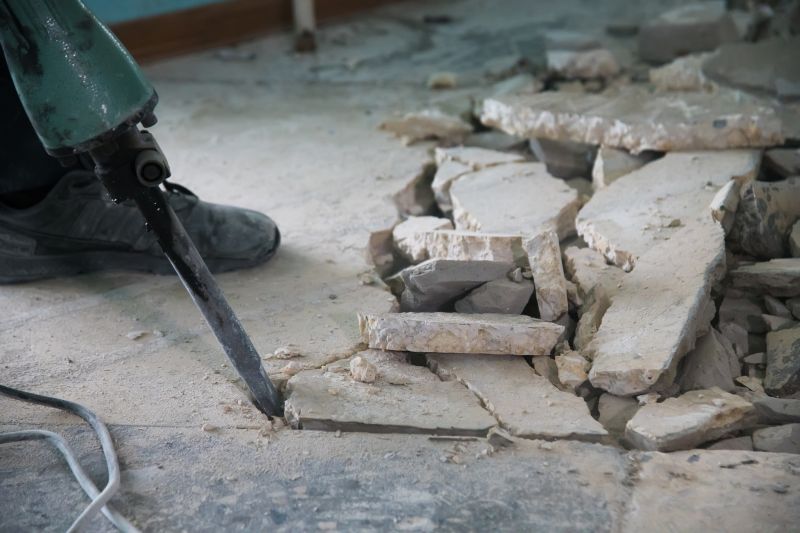
Examples that show the impact a good Demolition Service can make.
Interested in scheduling a demolition project? Filling out the contact form can provide the necessary information to plan effectively and choose the best timing for your specific needs.

